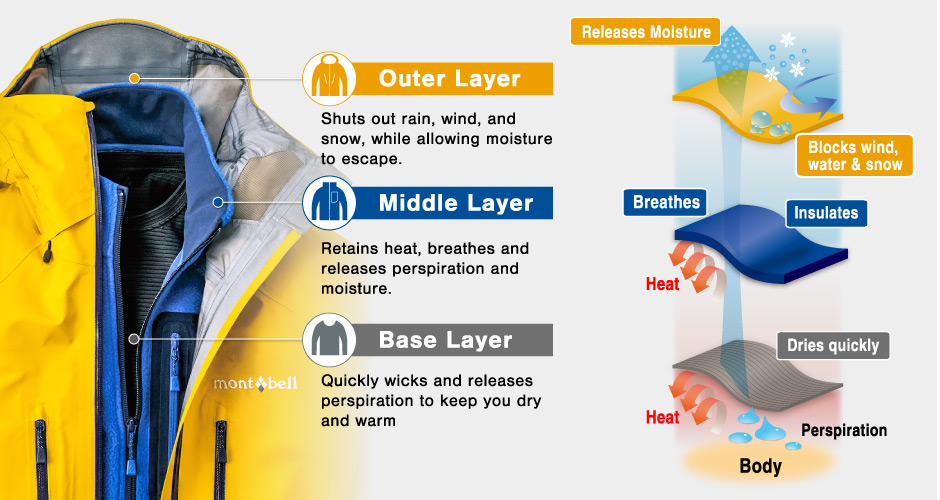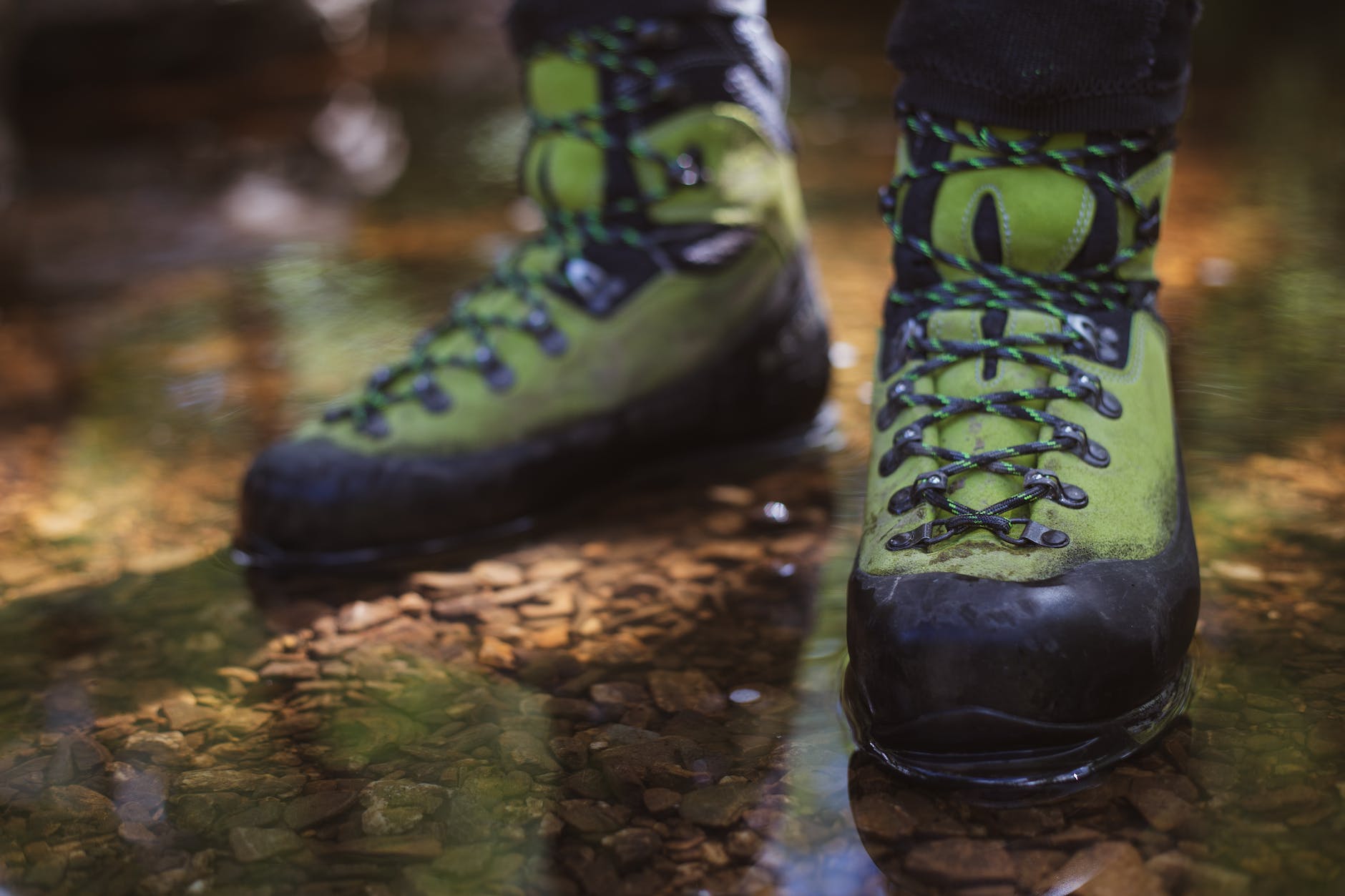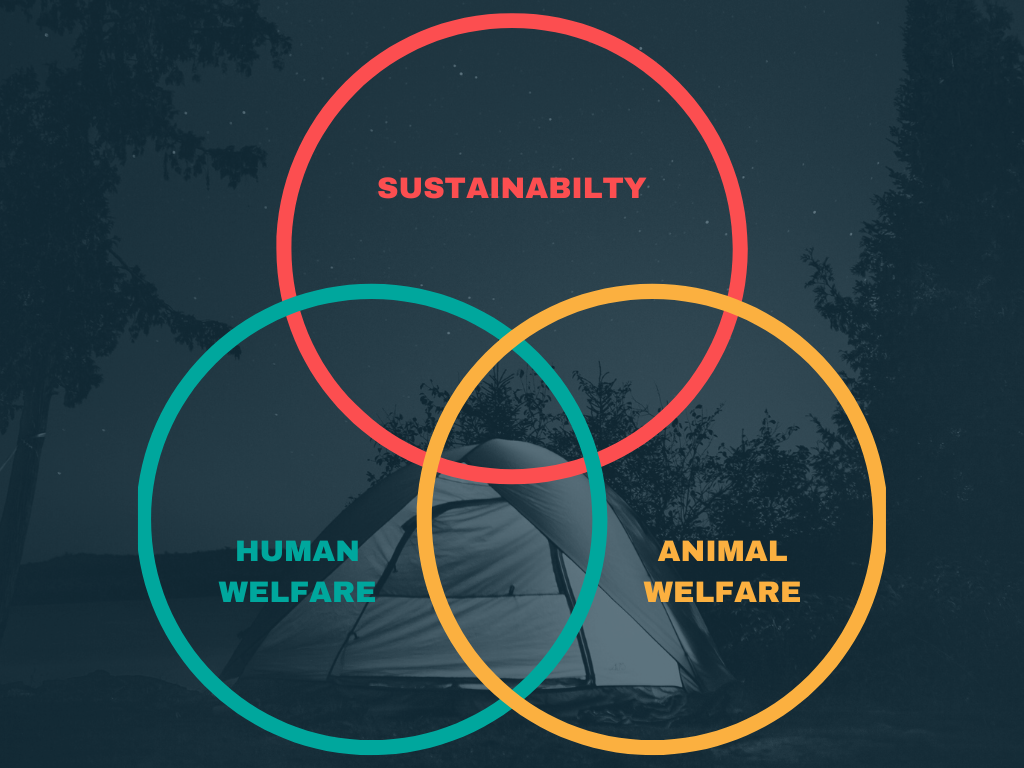Hike in Style and Conquer the Trails: Your Ultimate Apparel Guide
The call of the wild beckons, and you’re eager to answer with sturdy boots and a thirst for adventure. But before you hit the trail this comprehensive guide will equip you with the knowledge to navigate the world of hiking clothes, ensuring both comfort and style on your next outdoor adventure.
Layering: Your Secret Weapon Against the Elements
Gone are the days of bulky parkas and clammy cotton. Embrace the magic of layering, the key to adapting to ever-changing temperatures and exertion levels.

- Base Layer: Start with your second skin – the base layer. Ditch the cotton and choose moisture-wicking synthetics like polyester or nylon. These materials pull sweat away from your body, keeping you dry and comfortable, remember, cotton absorbs moisture and can leaving you feeling really cold as temperatures dip.
I use a Danish Endurance Merino Base Layer…It’s comfortable, wicks moisture well and can cope with multiple days on the trail before getting hideously smelly
- Mid-Layer: Next comes the mid layer, your shield against the elements. Fleece jackets are popular offering warmth and insulation. But don’t underestimate wool – its natural odour resistance makes it a worthy contender. Choose the thickness of your mid-layer based on the forecast – a lightweight fleece for crisp mornings, a heavyweight option for winter adventures.
- Weatherproof Layer: Finally, don your outer layer, the ultimate defence against wind and rain. Look for a breathable, waterproof shell jacket to keep you protected without turning you into a sweaty sauna. Remember, breathability is key – you don’t want to trade one discomfort for another!
Bottoms Up: Freedom and Functionality for Your Lower Half
Comfort reigns supreme when it comes to your hiking bottoms. Leave the restrictive jeans at home and explore these options:
- Hiking Trousers: For uneven terrain and longer hikes, hiking trousers are your best friends. Crafted from durable, quick-drying fabrics, they offer the freedom of movement, while protecting your legs from scratches and the sun’s harsh rays. Convertible pants, with their zip-off shorts, are the ultimate chameleons, adapting to changing weather conditions in a flash. Shorts are great for the summer months but be mindful to unwanted passengers like ticks.
- Legging Legends: If you prefer a snug, flexible fit, moisture-wicking leggings are fantastic companions, especially on warmer trails. I sometimes pair leggings with a pair of lightweight shorts to spare oncoming hikers an unforgettable visual experience
Footwear: The Foundation of Your Adventure
Proper footwear is the cornerstone of any successful hike. It provides traction, support, and the ultimate defence against blisters:
- Bootstrapping for Success: When tackling uneven terrain or longer distances, hiking boots are your go-to choice. Look for features like ankle support and good tread for optimal stability. If rain is a possibility, waterproofing becomes your non-negotiable companion.
- Trail Running Champions: For well-maintained trails and faster hikers, trail running shoes offer a lighter, more breathable option. They provide excellent comfort and flexibility, allowing you to move with agility on the path.

Accessorise Like a Pro: The Finishing Touches for Your Hiking Ensemble
No hiking outfit is complete without these essential accessories:
- Socks: Don’t underestimate the power of moisture-wicking, synthetic hiking socks. They prevent blisters and keep your feet feeling fresh, even after miles on the trail. Double-layer them for extra protection on longer hikes.
- Hats: Shield your head from the sun and rain with a brimmed hat. Opt for breathable materials like straw or nylon to avoid overheating.
- Sun Protection: Protect your skin from harmful UV rays with liberal applications of sunscreen, reapplied regularly, especially on exposed areas. Keep your eyes safe and comfortable with a pair of sunglasses. Choose ones that offer UV protection and fit snugly to avoid slipping during your hike.
- Pack It In, Pack It Out: Carry your essentials in a comfortable backpack with enough space for food, water, and any additional gear you might need. Consider features like hydration sleeves and hip belts for even weight distribution.
Bonus Tip: Remember, the weather can be as unpredictable as a mischievous gnome. Always check the forecast before your hike and pack accordingly. It’s better to have an extra layer (or two) than be caught shivering in the cold.
Hiking with a Conscience: Choosing Sustainable and Ethical Gear
Our adventures shouldn’t come at the cost of the planet or its people. Thankfully, an increasing number of outdoor brands are committed to sustainability and ethical practices. By consciously choosing where you spend your money, you can ensure your hiking gear reflects your values and minimises your environmental impact.

Look for These Sustainability Credentials:
- Recycled Materials: Opt for gear made from recycled polyester, nylon, or down. This reduces reliance on virgin resources and decreases energy consumption.
- Fair Trade Certified: This label guarantees fair wages and safe working conditions for farmers and factory workers.
Support Ethical Brands:
Do your research to find brands transparent about their supply chains and committed to ethical practices. Here are some examples:
- Patagonia: Renowned for their environmental activism and Worn Wear program, encouraging gear repair and reuse.
- Cotopaxi: Uses recycled materials and focuses on empowering communities through product development.
Remember: Sustainability and ethical practices are not always advertised prominently. Don’t hesitate to contact brands directly to learn more about their environmental and social commitments.
Additional Tips:
- Buy used: Give pre-loved gear a second life by purchasing from online marketplaces or consignment shops.
- Repair, don’t replace: Learn basic repair skills or patronize brands with repair programs.
- Minimise single-use items: Opt for reusable water bottles, food containers, and packaging.
- Leave no trace: Dispose of waste responsibly and respect the natural environment.
By making informed choices and supporting responsible brands, you can enjoy your outdoor adventures while making a positive impact on the planet and its people.
Leave a comment